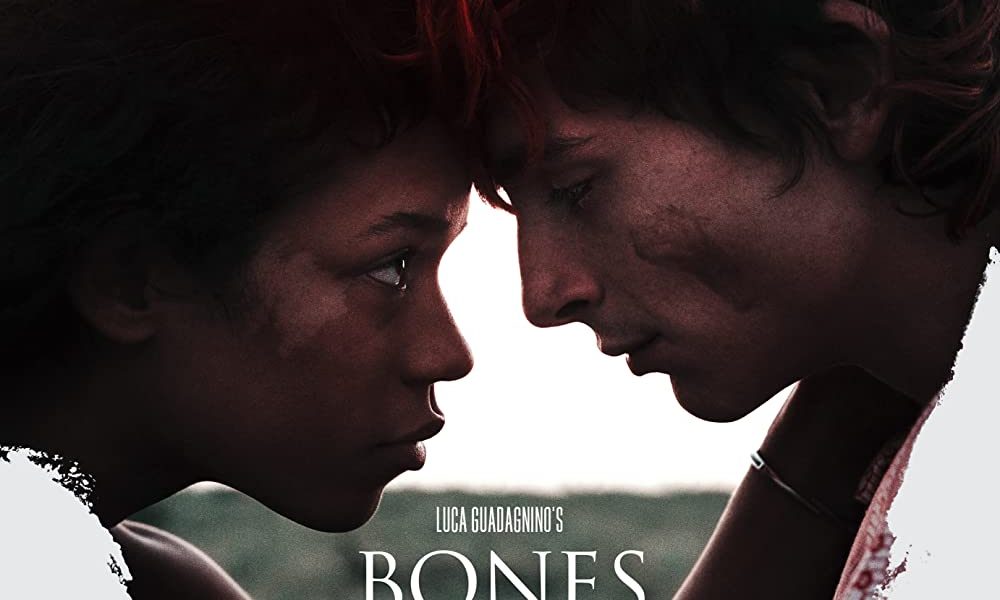It’s no lie, cannibalism is back on the menu in 2022.
In terms of film and television throughout the past year, we’ve had plenty to chew on. First was “Fresh,” a black-comedy horror film that came out in January. Next was Netflix’s “Dahmer – Monster: The Jeffrey Dahmer Story” which was released in September and broke record viewership.
There are also two films currently in theaters, “The Menu” and “Bones and All,” both featuring star-studded casts and showcasing cannibalism. It is as if it is in Hollywood’s design.
However, cannibalism in the media has always been popular. “Raw” (2016) wowed audiences at Cannes.
Hannibal Lecter’s most recent adaptation in the eponymous Hannibal (2013) is still one of the most popular horror TV series to date. Even after it ended in 2015, cannibalism continued in media like the dozens of adaptations of Shakespeare’s play “Titus Andronicus” and its parody in “South Park.” We’re not even counting the hundreds of horror films that feature cannibalism.
There isn’t a problem with the popularity of cannibalism. Besides, I find that viewing subjects that are seen as forbidden and unsettling in a controlled and safe environment is a good way to re-examine and reflect on the world around us.
By controlled, I mean that we can view these subjects on-screen and watch them play out, but there’s always an option to turn them off. You can watch these things happen, but you are not a part of it. There’s a sense of unease that comes with horror, but you are safe and in control of what you are seeing.
In an interview with Hollywood Reporter, Bill Schutt, author of “Cannibalism: A Perfectly Natural History,” said “I’ve got a hypothesis about that. Let’s say cannibalism is the No. 1 taboo. Now you add food to that and you have a fascination.”
“There’s this sort of gory aspect to it that’s attractive to people when looking at it through a filter of fiction, or these stories about crazy murderers and you have an attraction. Twenty years ago, it was Hannibal Lecter. Now it’s Timothée Chalamet.”
Eating food is a rich, human experience. Ever since birth, we have had a favorite or most hated food, and we all also have many, personal stories about food.
There are dozens of popular YouTube videos, TV shows and documentaries where people eat strange and weird foods from all over the world. One thing is for sure though, eating other people is not what we want on our plates.
I’m not a big fan of horror myself, but when I first watched “Raw” in 2016, it struck something inside of me that was different from other horror films. I found that even though I was completely disgusted by what the main character, Justine, was doing, I was entranced by the metaphors and symbolism shown on screen.
A Tumblr post from aturinfortheworse about the symbolism of cannibalism in writing, states poetically, “cannibalism as a means of gaining someone’s power. cannibalism as a means of embracing your inhumanity.”
“Cannibalism as a gesture of acceptance. funerary cannibalism as a symbol of returning nature. industrialized cannibalism as a symbol of the devaluation of human life. Survival cannibalism as the ultimate sacrifice.”
When I finished “Raw” I found myself thinking about the meaning behind the story, the characters and the utter dehumanization that Justine had gone through. It was fascinating and enticed me to rewatch it a few times before I put it as one of my favorite movies on Letterboxd.
A few years later, during the pandemic, I found that “Hannibal” had been put onto Netflix, now currently on Hulu. Despite greatly enjoying “Raw,” I had never watched “Hannibal.” I started watching and loved it.
It’s not just a show about crime, murders and cannibalism. It psychoanalyzes these ideas under a microscope. It’s a deep, meditative look into the characters with traits that bring out the worst of us.
The reason we love media about characters that are evil and have committed taboos like cannibalism is that we are living through unthinkable times.
“I feel like the unthinkable has become the thinkable,” said Ashley Lyle, the co-creator of “Yellowjackets,” in an interview with The New York Times. “Cannibalism is very much squarely in that category of the unthinkable.”
We are living through a once-in-a-lifetime pandemic. Climate change is very real and politicians are ignoring it. School shootings have become the norm. It’s not that we want to leave the real world, it’s that we want to relate to characters that have been through traumatic experiences that we have also gone through.
It’s no doubt that one of the most famous quotes about art in general, written by Cesar A. Cruz, is “Art should comfort the disturbed and disturb the comfortable.”
Art isn’t something that we can define and everyone is different. Artists create a vision that reflects how they feel and everyone has their own interpretation of that work.
At the end of the day, whether or not you want to watch something that horrifies you for fun or something that you can relate to even if it’s disturbing, remember to enjoy it with some fava beans and a nice Chianti.




